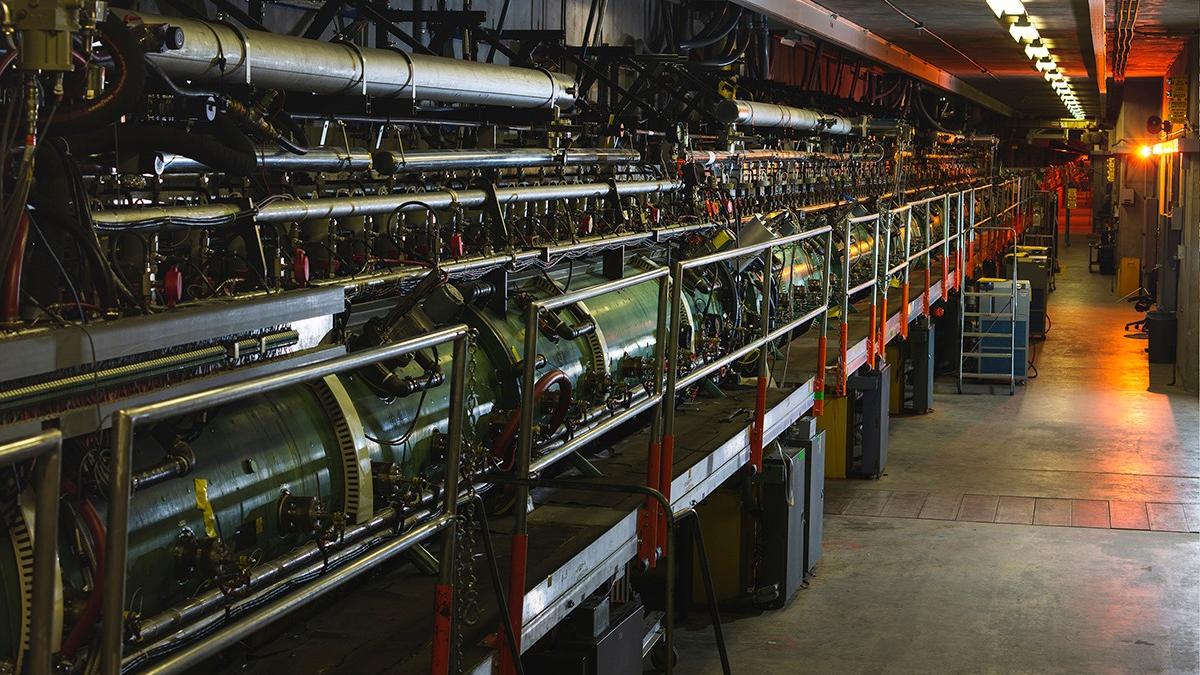
Nuclear study provides major update on plutonium isotope fission Premium
The Hindu
Based on studying the prompt fission neutron spectrum of the induced fission of plutonium-240, researchers at LANSCE have found discrepancies with nuclear data libraries, especially on the energy threshold of second-chance fission.
On March 4 this year, India stepped on the threshold of the second stage of its nuclear power programme when engineers started the core-loading process of the prototype fast breeder reactor (PFBR) at the Madras Atomic Power Station, Kalpakkam. While the first stage used uranium isotopes as nuclear fuel in pressurised heavy-water reactors to produce plutonium-239 (Pu-239) and energy, the second stage is more concerned with plutonium fission.
When a Pu-239 nucleus captures a neutron, it has a 27-38% chance of becoming Pu-240 instead of undergoing fission. It is thus present in many nuclear reactors and in the fallout of nuclear weapon tests. When Pu-240 captures a neutron, it most often turns into Pu-241. On the off chance it does undergo fission, however, there is a significant amount of uncertainty about the energy carried away by its fission products. Researchers currently use models that incorporate several complicated calculations based on theory to estimate the output.
A part of the fission energy carried away by neutrons is called the prompt fission neutron spectrum (PFNS). The ‘prompt’ stands for neutrons a Pu-240 nucleus might emit right after it has captured a neutron with enough energy to destabilise it, but before the nucleus has reached a stable (or equilibrium) state.
So far there has only been one study that attempted to study the PFNS of induced fission in Pu-240, where neutrons that bombarded the Pu-240 nuclei had an energy of 0.85 mega-electron-volt (MeV). Recently, researchers in the U.S. reported only the second attempt ever to measure the PFNS of induced fission in Pu-240, and the first to use neutrons of energy greater than 0.85 MeV.
Their findings, reported in the journal Physical Review C on June 13, note significant differences between the predicted and the measured PFNS after induced fission. This information will be useful for researchers in various fields, from reactor designers to practitioners of nuclear medicine.
“The PFBR uses plutonium recovered from CANDU spent fuel and so will contain ample quantities of Pu-240. And if the spent fuel arising from the PFBR is reprocessed, that too will contain Pu-240,” M.V. Ramana, a professor at the University of British Columbia, told The Hindu. “Therefore any new information about how Pu-240 behaves will be relevant.”
CANDU is a Canadian design for pressurised heavy-water reactors, such as those India uses for its first stage.











